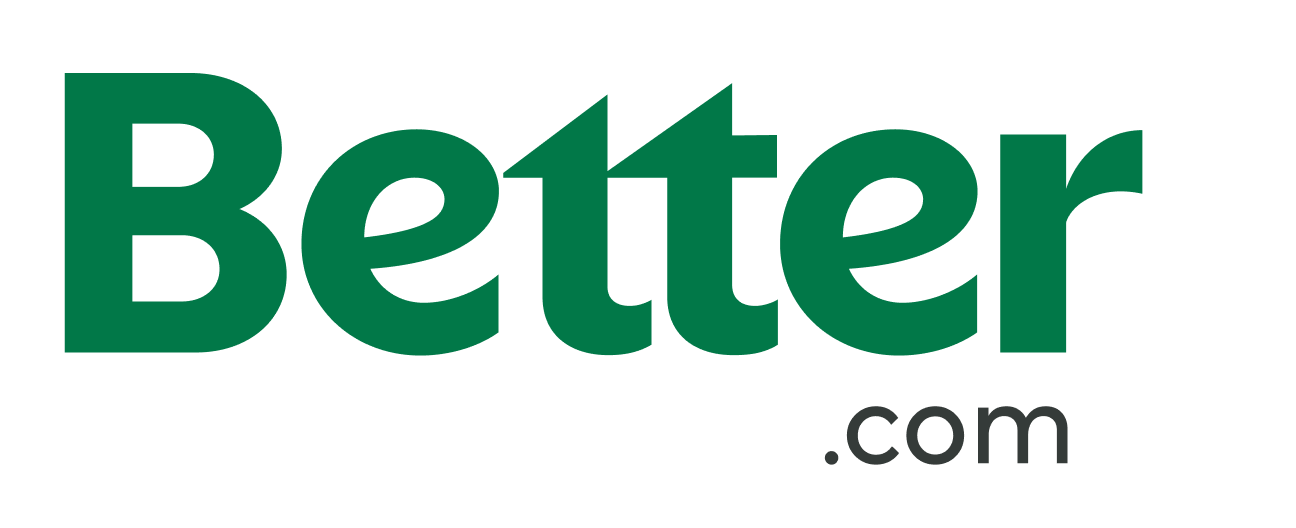ADVERTISEMENT: PRODUCTS FROM OUR PARTNERS
Compare Top Cash-Out Refinance Lenders of October 2025A cash-out refinance could help if you need money for major home projects or want to consolidate high-interest debt. Take advantage of your home equity and see how much cash you could get.
Excellent (760+)
California
Applied Filters: Excellent (760+), Loan amount: $100,000, State: California
BEST MORTGAGE LENDER FOR CASH-OUT REFINANCING 2025
Best for: No application fees
Rocket Mortgage, LLC
Rocket Mortgage, LLC
NerdWallet rating
VIEW RATES
at Rocket Mortgage, LLCMin. credit score
580
National / regional
National
Pros + Cons
ProsReported average time to close is 15 days faster than industry average.High volume of FHA and VA loans.Borrowers can apply via mobile app.
ConsAverage origination fees are on the higher end, according to the latest federal data.Physical branches are only available in Detroit, Cleveland, and Phoenix.
NerdWallet's take
Why we like it: Rocket Mortgage, the largest mortgage lender by volume, offers a seamless digital experience and fast closings.
Best for: Rate transparency and customer experience
New American Funding
New American Funding
NerdWallet rating
VIEW RATES
at New American FundingMin. credit score
580
National / regional
National
Pros + Cons
ProsAccepts credit scores as low as 500.Experienced in FHA refinance loans.Closes loans faster than average.
ConsAverage refi origination fees are on the high side, according to the latest federal data.Doesn't offer some niche loan types, like energy efficient refinance.
NerdWallet's take
Why we like it: New American Funding has options for borrowers with bad credit, including FHA and VA loans. For a customized rate quote, you'll need to provide your contact information.
NBKC
NBKC
NerdWallet rating
VIEW RATES
at NBKCMin. credit score
620
National / regional
National
Pros + Cons
ProsDisplays customized rates, with fee estimates, without requiring contact information.Efficient customer service over the phone or through online chat.
ConsPhysical branches are limited to the Kansas City metro area.
NerdWallet's take
Why we like it: Good for: borrowers who want a user-friendly online application with phone support. VA loans are an emphasis.
Better
Better
NerdWallet rating
Min. credit score
620
National / regional
National
Pros + Cons
ProsOffers a program allowing qualifying buyers to make cash offers.Makes it easy to see customized mortgage rates.Average interest rates are on the low end compared to other lenders, according to the latest federal data.
ConsDoesn’t offer USDA loans.VA loans are not available in every state.Doesn't offer home equity loans.
NerdWallet's take
Why we like it: Good for: tech-savvy borrowers who prefer an online experience.
AmeriSave
AmeriSave
NerdWallet rating
VIEW RATES
at AmeriSaveMin. credit score
580
National / regional
National
Pros + Cons
ProsGood variety of loan types and products.Mobile-friendly application process.Offers low rates compared with other lenders, according to the latest federal data.
ConsDoesn’t originate mortgages in the state of New York.Average origination fees are on the high side, according to the latest federal data.Doesn’t offer home equity loans.
NerdWallet's take
Why we like it: Good for: digital convenience, and a variety of loan types and products.
Best for: Flexible loan terms
VIEW RATES
at Farmers Bank of Kansas CityMin. credit score
660
National / regional
National
Pros + Cons
ProsOffers jumbo refinance and government-backed VA refinance options.Displays customized refinance rates, with fee estimates, without requiring contact information.Refinance origination fees are on the low side compared to other lenders, according to the latest federal data.
ConsDoesn’t offer government-backed FHA refinance options.Home renovation loans are not available.Refinance rates are on the high side compared with other lenders, according to the latest federal data.
NerdWallet's take
Why we like it: Great for: rate transparency
VIEW RATES
at Central BankMin. credit score
620
National / regional
National
Pros + Cons
ProsAmong the best when it comes to online convenience, including refinance loan process updates.Offers rate-and-term as well as cash-out refinances.
ConsYou'll have to complete a loan application to see refinance rates.Bank branch locations limited to the Midwest.
NerdWallet's take
Why we like it:






